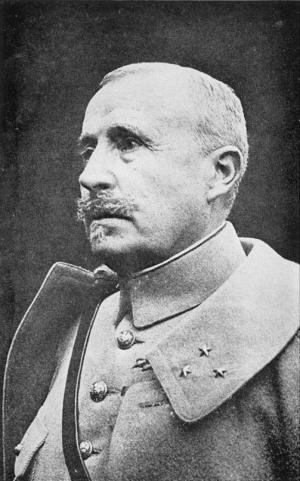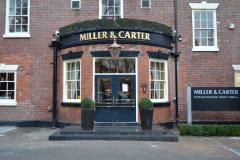
It was always sad to lose loved ones during the war, but particularly so over the Christmas period. Tragically our community was to lose 3 more lads this month 100 years ago.
On Boxing Day Captain Arthur Edward Consterdine (9th battalion Prince of Wales Own West Yorkshires, [7520] later attached to the 13th) was killed aged 46 at Beaumont Hamel on the Somme. He had previously served in the Boer War in Lumsden's Horse and worked for a while in the Kalgoorie gold fields in Western Australia. He was the youngest son of the late Reverend James and Mrs Mary Consterdine of the Vicarage attached to St Philip and St James Church, Alderley Edge. His father actually held the post in the village for 51 years and his elder brother Reginald Henry, after spending time as a missionary in Japan, was appointed vicar of St John's Lindow, Wilmslow.
One of 6 children, Arthur is buried in Hamel Military Cemetery and is commemorated in his brother's church and in Alderley Edge. He is also remembered by his school, Repton in Derbyshire which he joined in 1884. The school sent over 1900 boys to serve in the Great War and he is one of 355 who perished. Many of these, like Arthur, were officers - as were a number of men in Alderley Edge - the death rate amongst them was significantly higher than amongst the ordinary "Tommies" (17% compared to 12%).
Earlier in December on the 17th, Private George Edward Jordan, was killed in action, aged 33, near La Bassee. George was born in Smythesdale, Victoria, Australia and perhaps returned home with his parents (George Edward and Mary Ann). He lived for a while in Chatham with 3 sisters and a brother and worked as a carter for the local corporation. He joined the 8th battalion the Queen's Own Royal West Kents (G/7445) and is interred at Philosophe British Cemetery, Mazingarbe, Pas de Calais. The family grave in Dean Row Unitarian Chapel records his details. The Commonwealth War Graves Commission says his mother was resident at 31 Fulshaw Avenue at the time of George's death.
Few domestic details have so far been found on our third fatality this month - Private H Ross, who died just before Christmas on the 22nd. His grave is to be found in Wilmslow Cemetery. He was a member of the Royal Defence Corps (11916), one of the 18 battalions of volunteers who were deemed too old or unfit to be involved in front line service. They, however, provided vital security in the UK for important, strategic locations such as ports, bridges, factories and Prisoner of War camps. We know just that his 337 Protection Company was sent to defend the "Western Approaches" in late 1916.
Given the optimism expressed in January 1916 and the disappointment felt 12 months later, changes were inevitable everywhere. The Germans prepared for an organized retreat to take back their defences to the formidable "Hindenberg Line". Submarine warfare would be increased in the coming months. Joffre resigned but said in passing that the French had the capacity for only one more great offensive. Nivelle became chief of staff of the French armies and his heady optimism would cost them dearly in deaths and morale in Spring 1917 - mutinies were to ensue. Rasputin was murdered on the last day of December and the Tsar struggled to maintain control. Meanwhile in the USA Wilson continued to try and negotiate peace asking that all belligerents outline their terms - the Germans refused to be as specific as the Allies.
At home, hostile press criticism plus divisions and plotting in the coalition cabinet led to Asquith's resignation. His peacetime performance from 1908 has been favourably assessed by many. As a war leader, however, many saw him as lethargic, often intoxicated and somewhat disinterested. The loss of his son Raymond at Guillemont on the Somme had affected him deeply. David LLoyd George was asked to form a government and immediately instituted a small War Cabinet to organize the UK for "total war". What would 1917 bring?
Jon Armstrong and Alan Cooper
with a contribution from Michael Scaife
Wilmslow Historical Society
Photo: General Nivelle, Wikimedia Commons.







